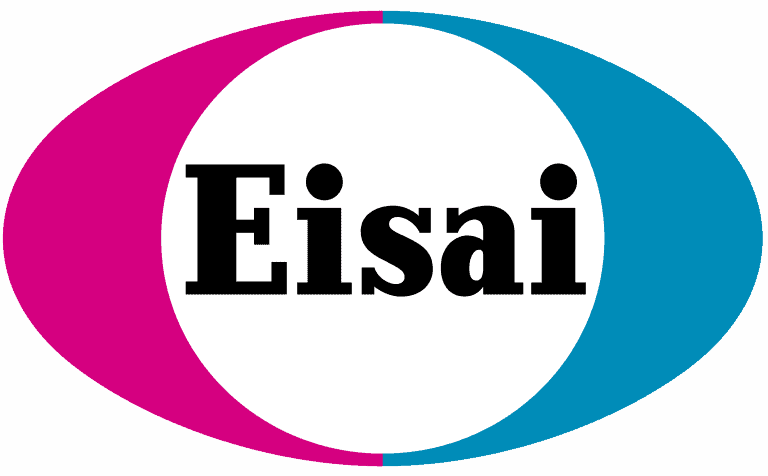Adenovirus Vaccines and Gene Therapy
Adenovirus Vaccines and Gene Therapy
There has been some worry in the rare disease communities about the approaches that COVID-19 vaccines are using and how they may interact with future gene therapy approaches for specific disorders.
Two of the current vaccines approved in the United States (Moderna and Pfizer) use RNA enclosed in a lipid droplet. The lipid droplet itself has not been shown to create any sort of immune reaction and none of the components of these vaccines remain long-term in your body. The RNA-based Moderna and Pfizer vaccines should not pose any risk to future gene therapy approaches.
Two other vaccines that are approved in the US and/or are being used in other countries (Johnson & Johnson and Astra-Zeneca) use DNA enclosed in an adenoviral vector. An adenoviral vector is basically a modified “shell” of an adenovirus; the virus’s genetic material has all been removed and scientists have co-opted the “shell” to send in genetic material that they want. The components of these vaccines, as the RNA ones described above, also will not remain long-term in your body. However, different than the lipid droplet, the adenoviral vector itself can cause your immune system to react. This is actually thought to be part of the benefit for its use as a vaccine delivery, because it sort of “primes” the immune system. When your immune system reacts to something, it creates a memory of how to best recognize that foreign molecule and quickly remove it. So there is a potential with an adenoviral vector, that your immune system would recognize exposure to a future adenoviral vector and react to it.
The two genetic therapies that are currently in clinical trial (Stoke Therapeutics, STK-001) or very close to entering clinical trial (Encoded Therapeutics, ETX101) for the treatment of Dravet syndrome should not be at risk for an interaction with any of the vaccine approaches discussed above. STK-001 (developed by Stoke) is an RNA molecule, called an antisense oligonucleotide or ASO, enclosed in a lipid droplet; similar to discussed above, this lipid droplet should not pose any risk of an immune interaction. ETX101 (developed by Encoded) is DNA delivered by an adeno-associated viral (AAV) vector. An AAV vector is derived from a different type of virus than an adenovirus, and the two should not pose any cross-immunogenicity risk. So, receiving a vaccine delivered by an adenovirus vector should not create any issues with receiving a gene therapy delivered by an AAV vector (like ETX101).
However, there are other groups working on gene therapy options using adenovirus vectors, and while these are still in preclinical development, they may become a reality in the future. It is possible that the adenovirus vector vaccines could pose a potential risk for receiving a theoretical genetic therapy approach that uses an adenovirus vector. There are many types of adenoviruses, and many people naturally encounter adenoviruses in the environment and develop some level of immunity, so it is not a certainty that this would necessarily cause an issue. Additionally, the current approaches to delivering gene therapy in Dravet syndrome would be to inject the treatment directly into the central nervous system (either lumbar puncture or injection into the brain), which bypasses some of the classic immune system exposure. Researchers continue to learn new ways to modify adenoviral vectors as well as suppress the immune response to them so they might become a reality in the advancement of genetic therapies.
While there is still much we do not understand, the take-home is that there is possibly a risk that vaccines delivered with adenovirus vectors (such as Johnson & Johnson or Astra Zeneca’s COVID-19 vaccines) could create an issue with a theoretical future gene therapy, but not the two approaches that are currently in clinical trial (Stoke Therapeutics) or close to entering clinical trial (Encoded Therapeutics). The currently approved RNA-based vaccines (Pfizer and Moderna), are not a concern for this issue.
Updated March 2021




